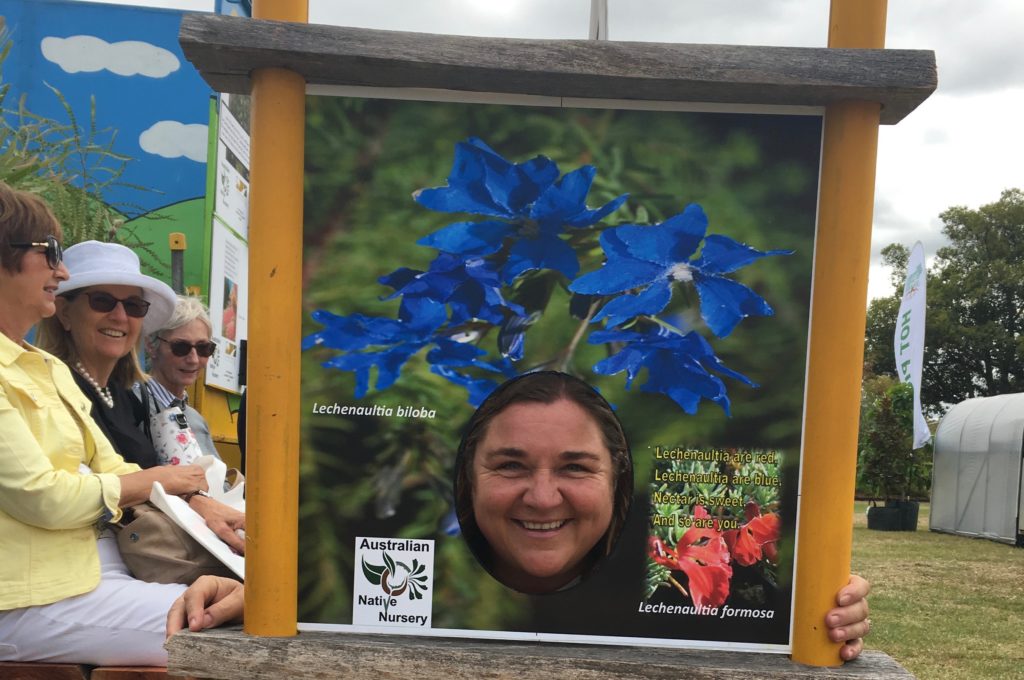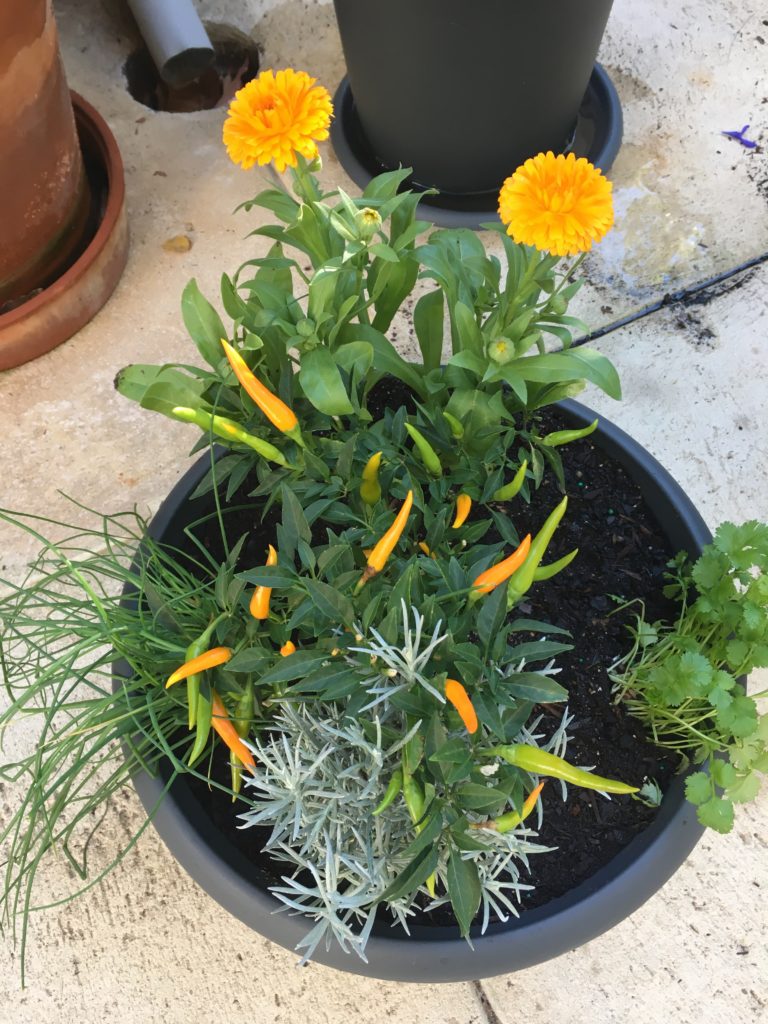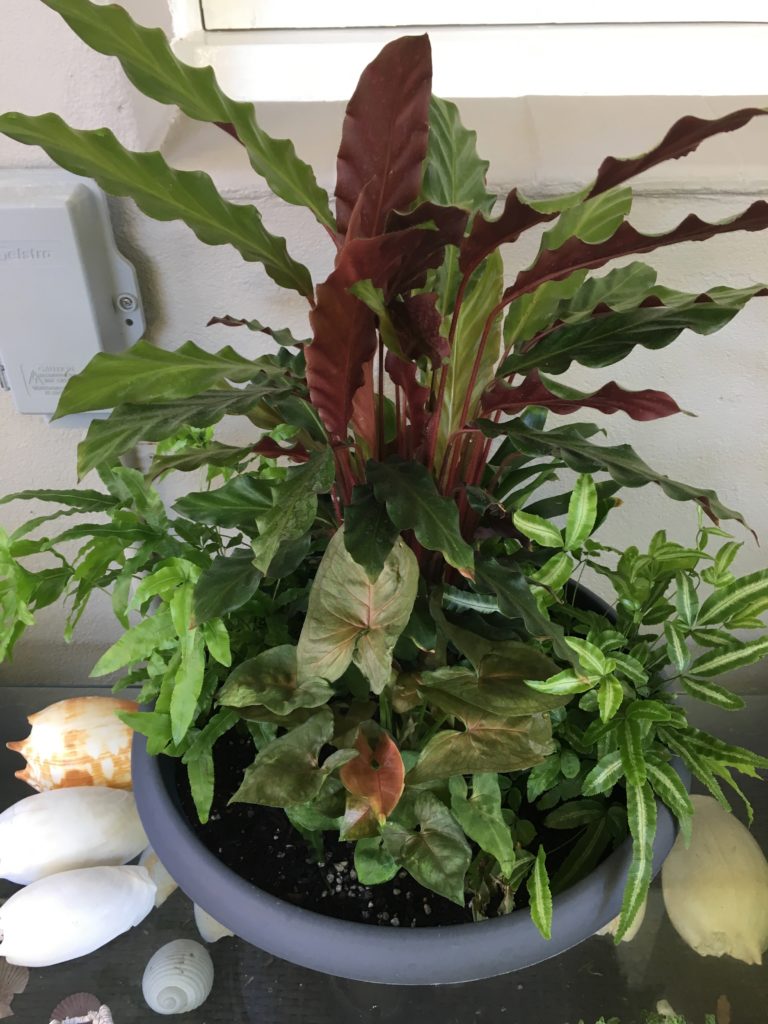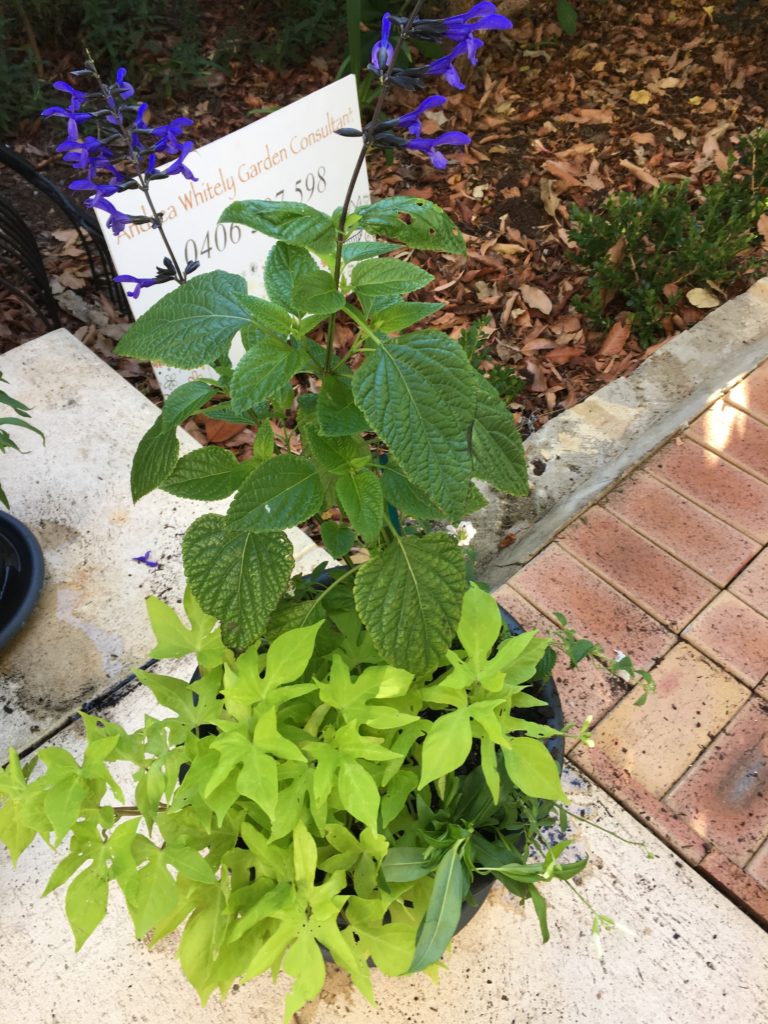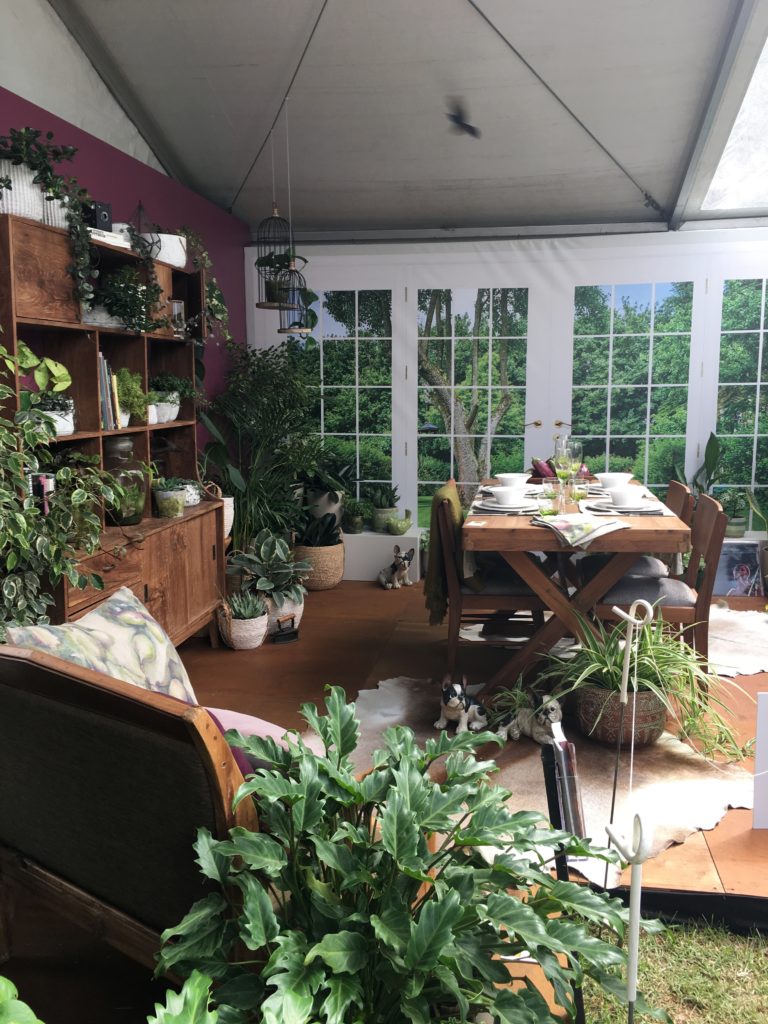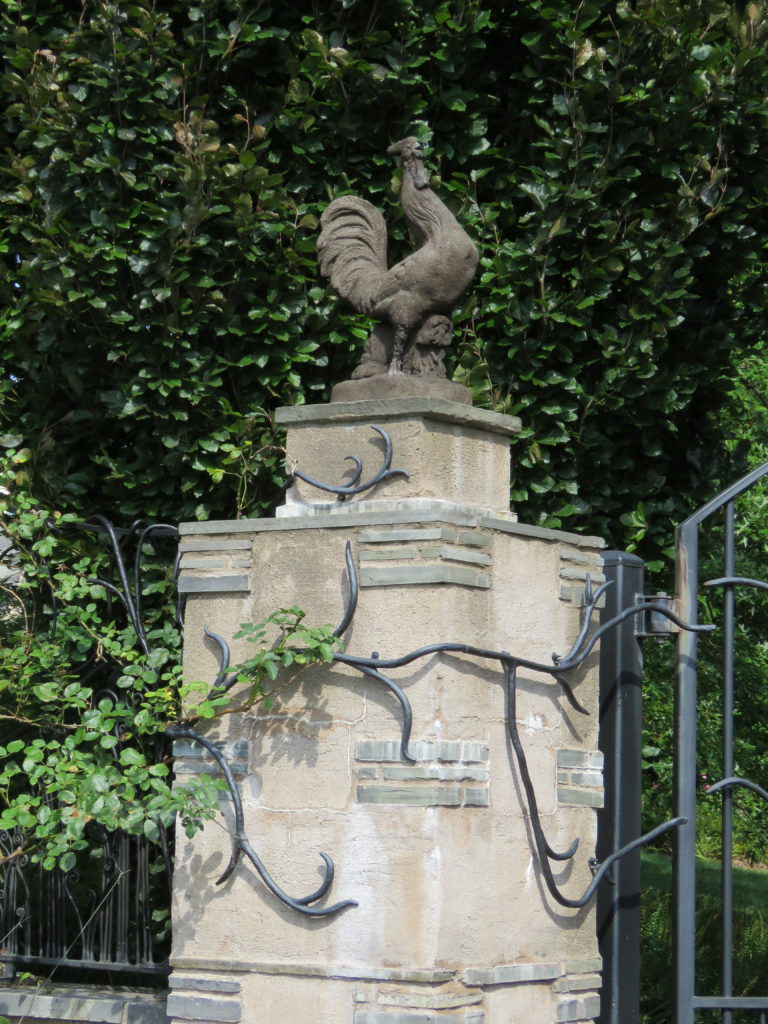


Over the years, I have had the very great fortune of visiting many really spectacular gardens in many parts of the world but for some reason, there are a few which stay with you, like visiting an old friend, except that you have never met them before and may never pass that way again. I cherish moments like these and will always fondly remember one amazing day…..
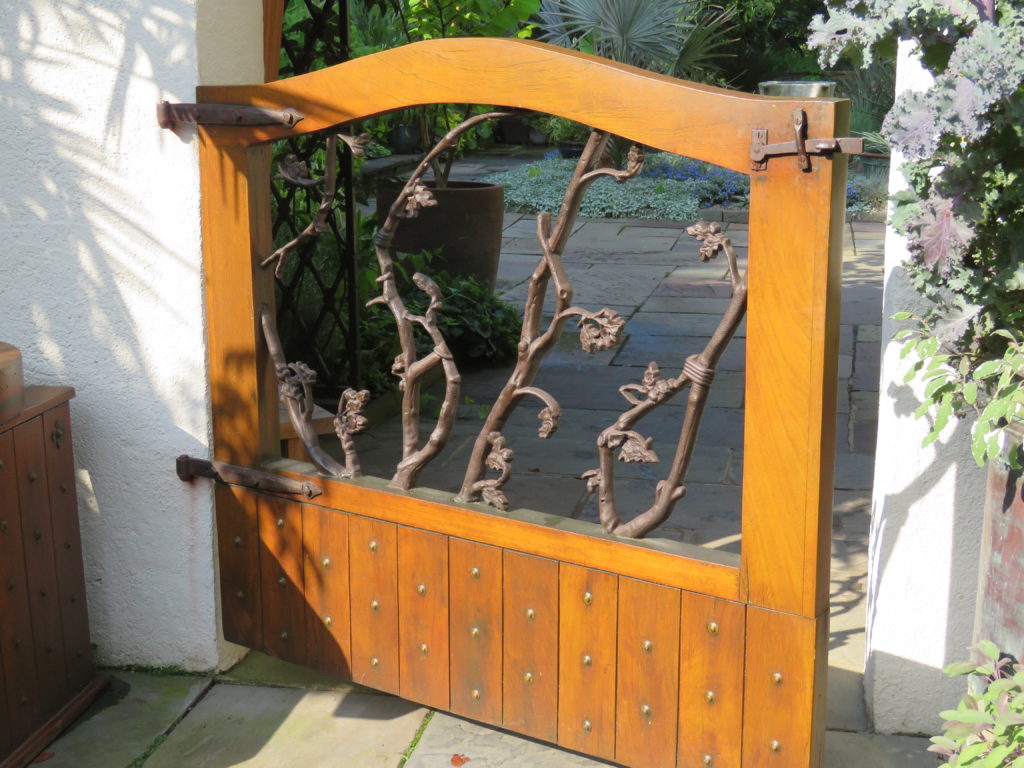
Last year, during what I am calling my 2017 Pennsylvania Immersion, following the Garden Writers Association annual conference in Buffalo NY, I was right royally treated with visits to incredible places by my hosts Denise Schreiber (Pittsburgh) and Eva Monheim (Philadelphia).
I was lucky enough to be a guest of the team at Chanticleer Garden. I visited on a stunning, sunny, summers’ day, with fellow GWA members Eva Monheim and Louise Clarke. We were warmly greeted by Bill Thomas, Executive Director & Head Gardener who welcomed us to the garden and put us into the very safe hands of our fellow GWA member, friend and guide-for-the-day Dan Benarcik. Dan knows every inch of this gardeners paradise and generously gave his time to share his wealth of knowledge of this beauteous place. We arrived when the car park was empty (we were the first to arrive) and first in the garden gate. This is always a special kind of moment for those of us writing about gardens because we get to see the gardens “untouched” by the day if you like.

Chanticleer garden is a 40-acre botanical garden located in Wayne, Pennsylvania about a thirty-minute drive from Philadelphia.
Here’s a little excerpt from Chanticleer’s website which shares the story of the garden.
“The Chanticleer estate dates from the early 20th-century when land along the Main Line of the Pennsylvania Railroad was developed for summer homes to escape the heat of Philadelphia. Adolph Rosengarten, Sr., and his wife Christine chose the Wayne-St. Davids area to build their country retreat. The family’s pharmaceutical firm would become part of Merck & Company in the 1920s.
The Rosengartens hired an architect and former classmate Charles L. Borie to design the house, which was completed in 1913. Landscape architect Thomas Sears designed the terraces as extensions of the house. A 1924 addition converted the summer home into a year-round residence and the family moved here permanently.
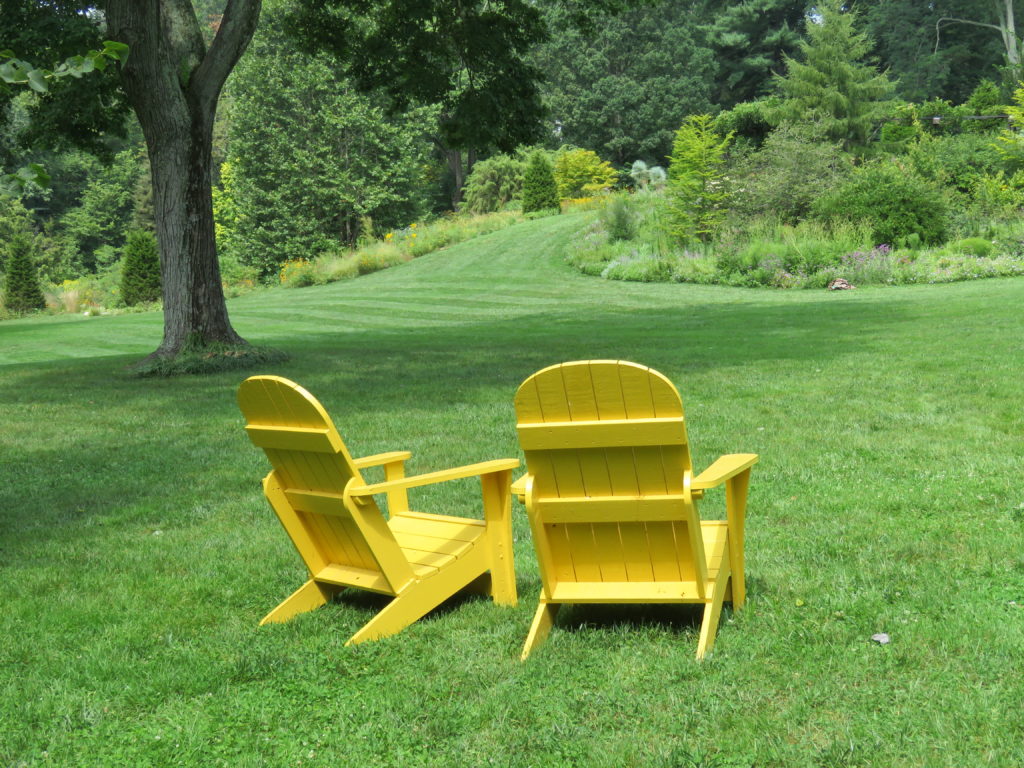
Mr. Rosengarten’s humor is evident in naming his home after the estate “Chanticlere” in Thackeray’s 1855 novel The Newcomes. The fictional Chanticlere was “mortgaged up to the very castle windows” but “still the show of the county.” Playing on the word, which is synonymous with “rooster,” the Rosengartens used rooster motifs throughout the estate.
Adolph and Christine gave their two children homes as wedding presents. They purchased a neighboring property for son Adolph, Jr. and his bride Janet Newlin in 1933. It is now the site of the Ruin. Daughter Emily’s house, located at today’s visitor entrance, was built for her in 1935. It is presently used for offices and classrooms.
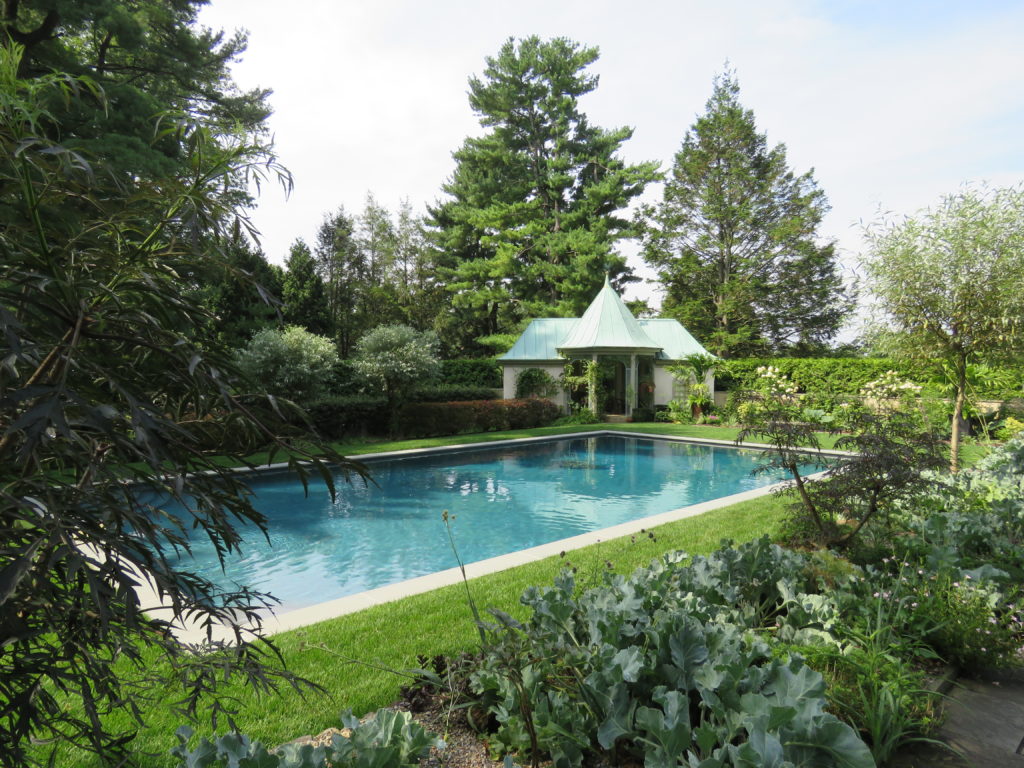
Adolph, Jr., purchased his sister’s portion of the estate following her death in the 1980s. He didn’t move into the main house but used it for entertaining and kept it as it was when the family lived there. The house is open for tours by reservation. Adolph, Jr., left the entire property for the enjoyment and education of the public following his death in 1990. A nine-member Board of Directors, six of whom are Rosengarten relatives, oversees The Chanticleer Foundation. The garden opened to the public in 1993. There is 20 full-time staff, of whom two manage facilities and 14 are gardeners and groundskeepers.”
I have so many photos. How do I select just a few to give you an inkling of the magic of this place?
Lush. green long vistas of lawn. brightly colored Adirondack chairs to sit and rest for a bit and admire Belladonna Lillies or Naked Ladies popping up in the lawn.  I have to say we did not rest for a single minute, though, too much to see!
I have to say we did not rest for a single minute, though, too much to see!
Who wants to come sit here with me and read a book?



Vignettes of gorgeousness at every turn. Incredibly innovative container planting and then there is that black dining table set as the centerpiece of the home in ruins with a stunning succulent-filled, grand fireplace.

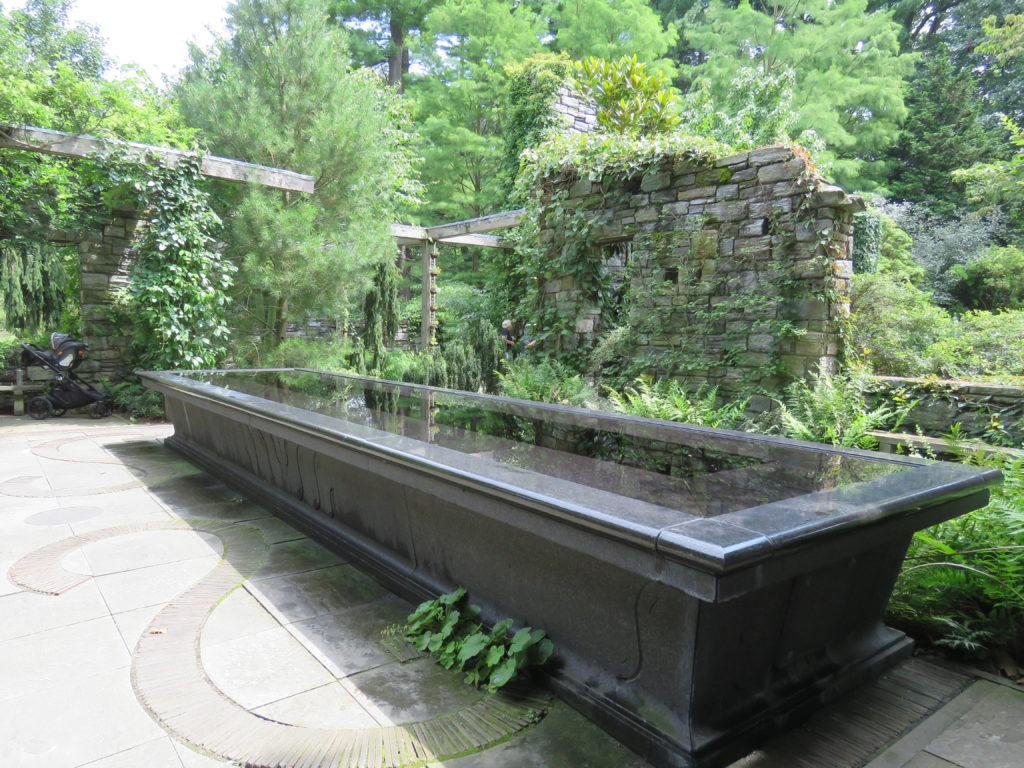



What you can’t see is how gorgeous this is on the inside

Container envy?





Everything was perfectly executed in this garden, not a single weed, not a single plant that looked tired or ready to be removed from its bed.

In the winter time, some the staff get busy and repurpose wood from the trees that have reached the end of their lives and it is turned into carefully handcrafted seating and decorative pieces which are scattered through the gardens in the following spring. These pieces are art in their own right.


If you ever get the opportunity to visit Chanticleer Gardens, don’t let it pass you by, grab it with both hands. You will need hours to see it all and even then you still will miss things and want to return.
This is a very special part of the world and I am very grateful to have walked those garden paths, in such wonderful company, even just once.
Thanks to Bill Thomas and Dan Benarcik for an unforgettable day.


